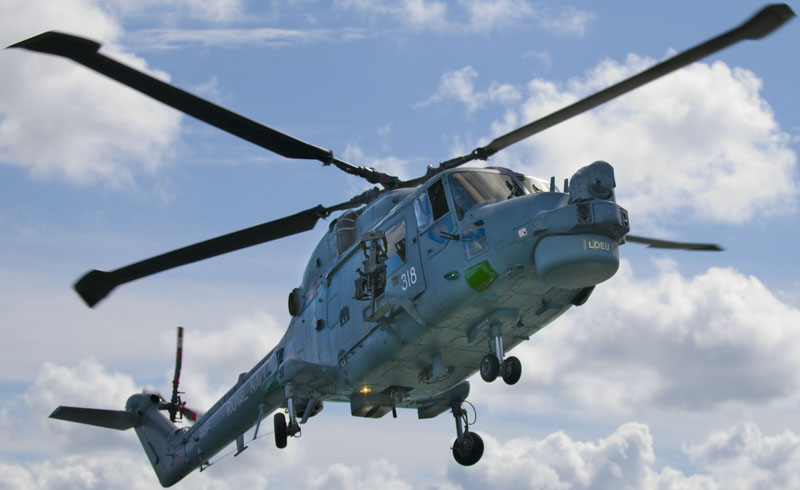SeaKingTacco said:
oh boy. Where is that face-palming smiley when you need it?
You do realize that Loachman flies helicopters for a living... and has for a real, real long time? To presume to tell him what the various "bits" DO might be construed as a bit... presumptuous, no?
I wasn't telling anyone what various bits do. I was affirming that though most helicopters DON'T have propellers, they DO have rotors.
Another reason I figure a scimitar-shaped ROTOR blade might be useful is that if you could create a blade that was capable of being rotated more quickly without the onset of any unwanted transonic behaviors on its way forward, it might be rotating quickly enough that as it went backwards, it would provide sufficient lift at higher airframe speeds to increase the top speed of the helicopter.
I am aware that as velocity in any horizontal vector increases, the effectiveness of the rotor blades being able to create lift as they are on the backwards part of their rotation relative to airflow decreases.
I doubt that it is likely that any kind of rotor blade could be come up with that would allow much higher RPM/average blade speed relative to the airflow as it travels backwards to dramatically impact top speed. But I do not know, and I've never seen anything that indicates anyone has tried that sort of thing.
I've even thought of rotors that have a much larger base than tip so that as the rotor blade is on its way back, the inner portion (nearest the vertical axis) not having enough speed to overcome relative airspeed might not be such a handicap because the air flowing backwards over it would generate some lift. Of course, this could potentially contribute to it producing too much lift going forward, but, being closer to the center of the axis of the rotor, it would not experience a dramatic difference in relative airspeed like the rotor tips do.
I have also considered rotor blades that have a very low-profile supersonic wing design profile so they would provide lift even at transonic speeds relative to the airflow at the outer portions of the blades, while the inner portions of the blades would be designed for subsonic lift.
Someone on here posted that helicopters don't spend much of their time far above 100 mph or so, so it is likely no one really CARES about making a chopper go over 250mph, because that is far outside its operational usefulness envelope, like making a fighter plane able to do mach 5.
But, some ideas I just like to explore because it might have some merit, someday. Everything that is science today was at one time science fiction and someone's (often ridiculed) flight of fancy.
Having an assault rifle that doubles as an espresso maker might be possible, but, WHY? Having a chopper that can actually do 400 mph may even be possible with existing technology, but as our esteemed learned fellow-forum-member on here pointed out, what would be the point?
I don't explore far-out ideas to be controversial or start arguments. I try not to be sarcastic and self-congralutorily witty. I mention stuff because I actually HAVE thought about "why not do it this way?" and can learn from others. Sometimes I offer a summary of what I have learned so anyone who feels so inclined can add whatever they want to it or refute it outright.
Now, to the experienced soldier/pilot/sailor this stuff might look just ridiculously obvious, but, that is why the search function exists, to find the ridiculously obvious, if it already exists here.
And often, just because something is possible, doesn't mean that it would offer any significant improvement over the existing technology, especially when costs of replacing the existing technology so far overshadow the 1% improvement that might available by the new thing.

